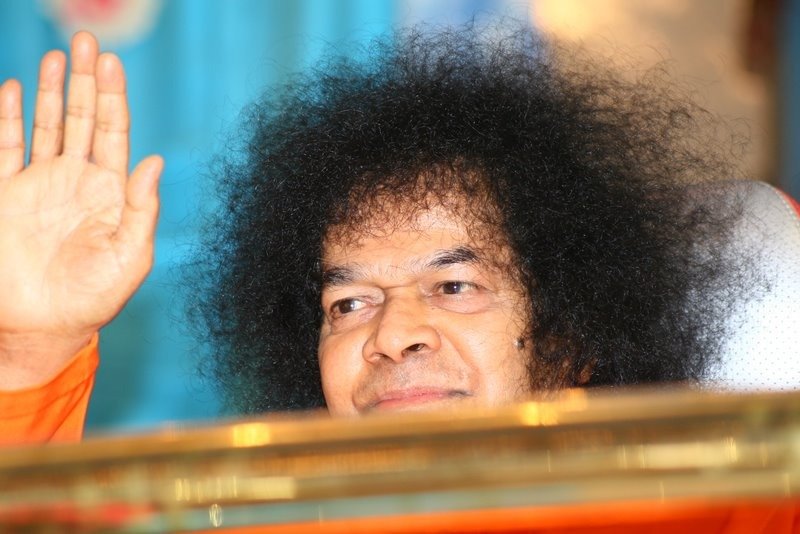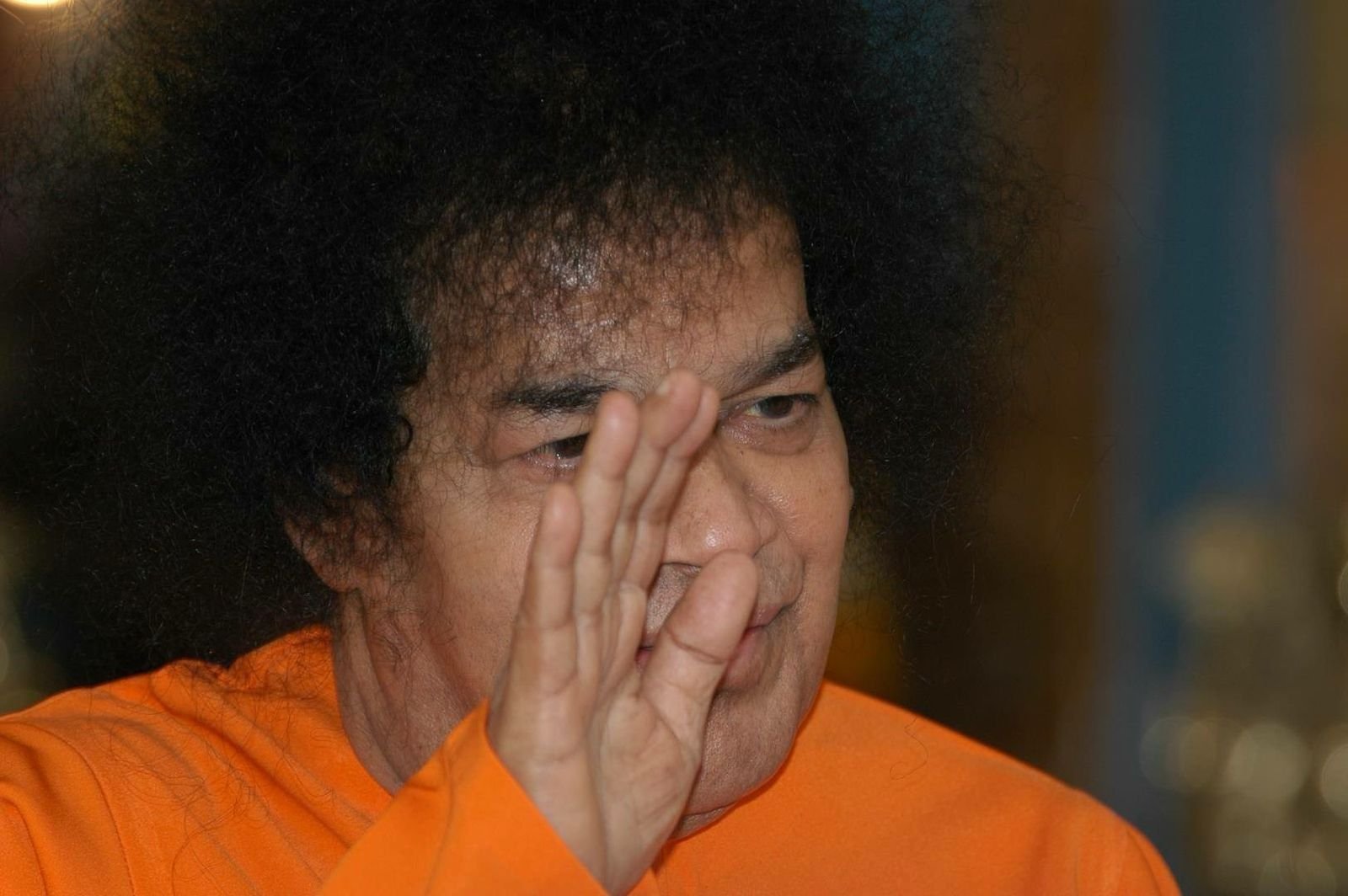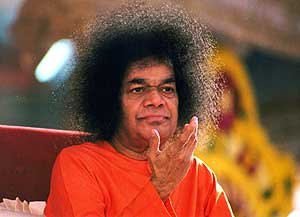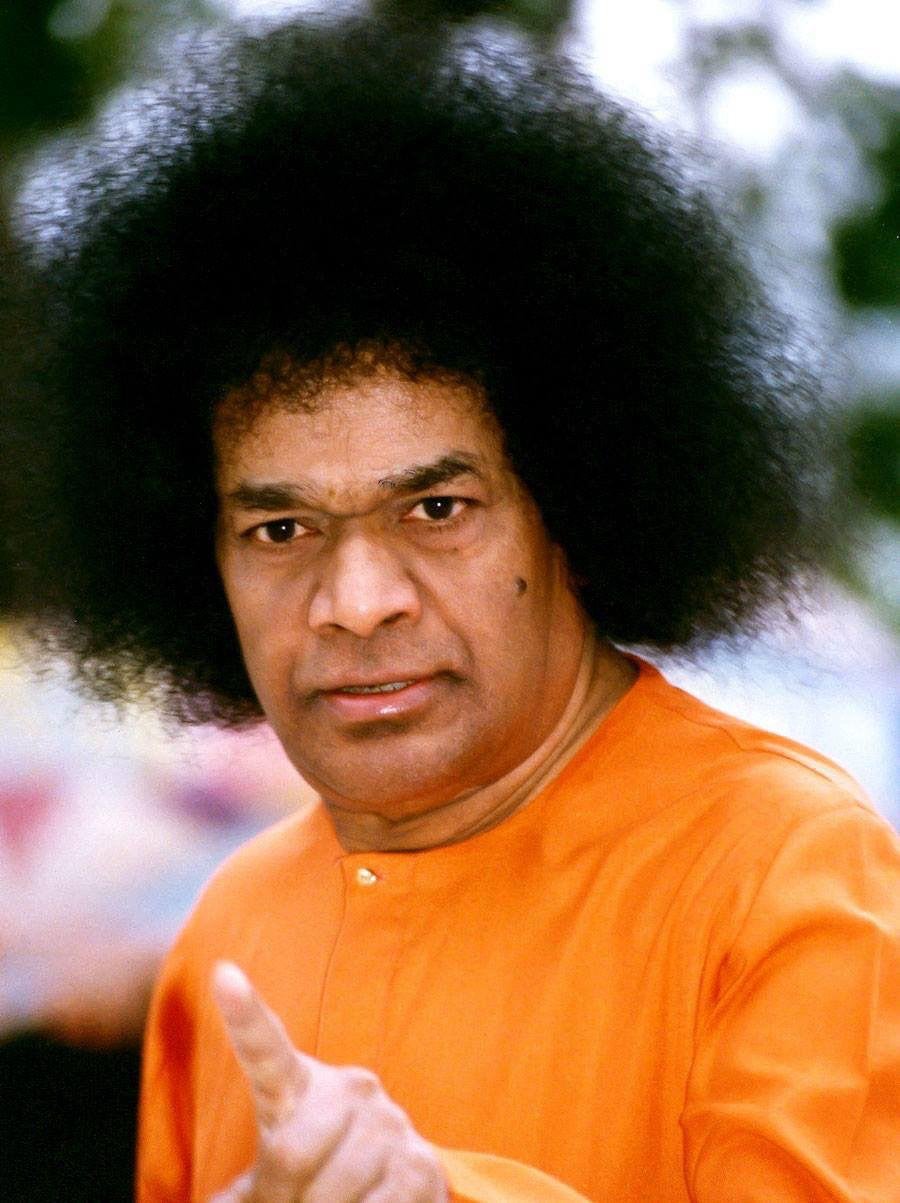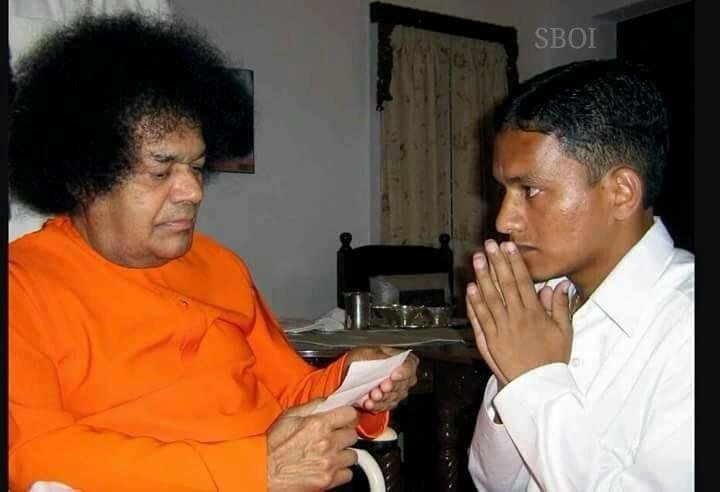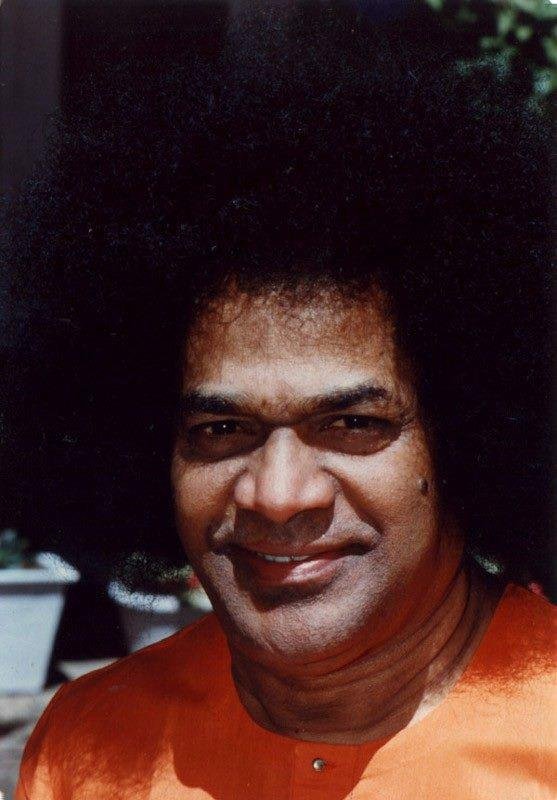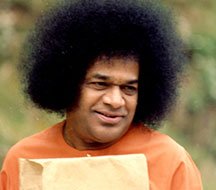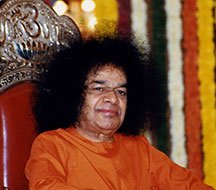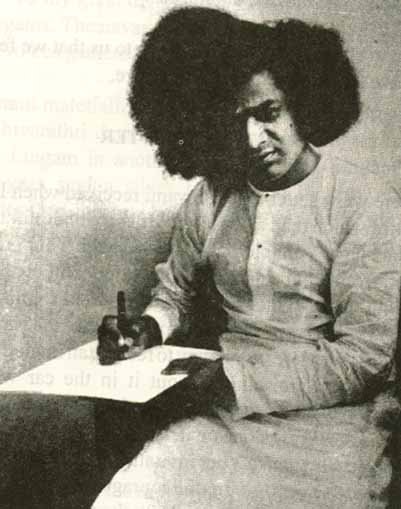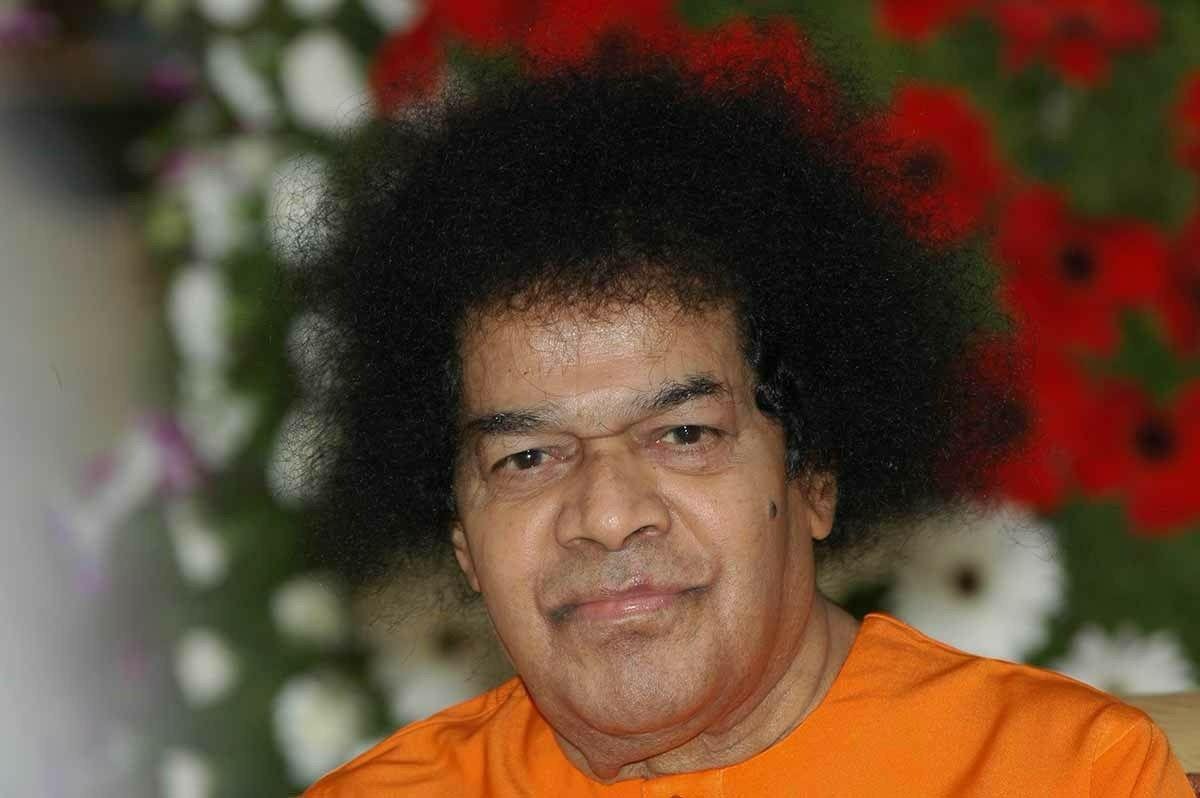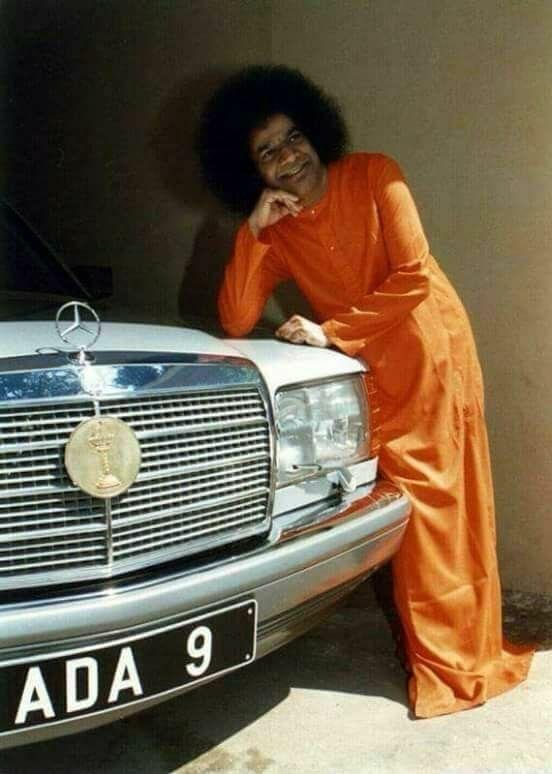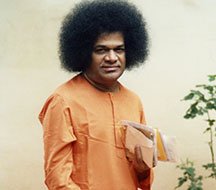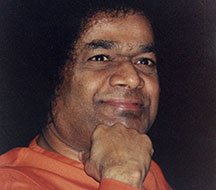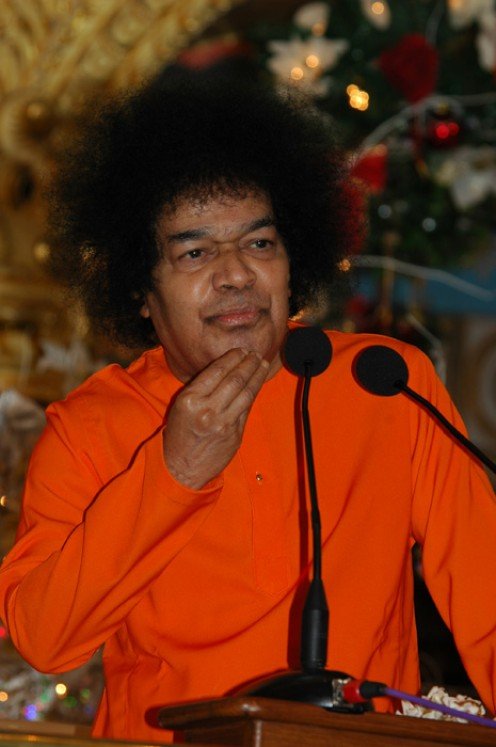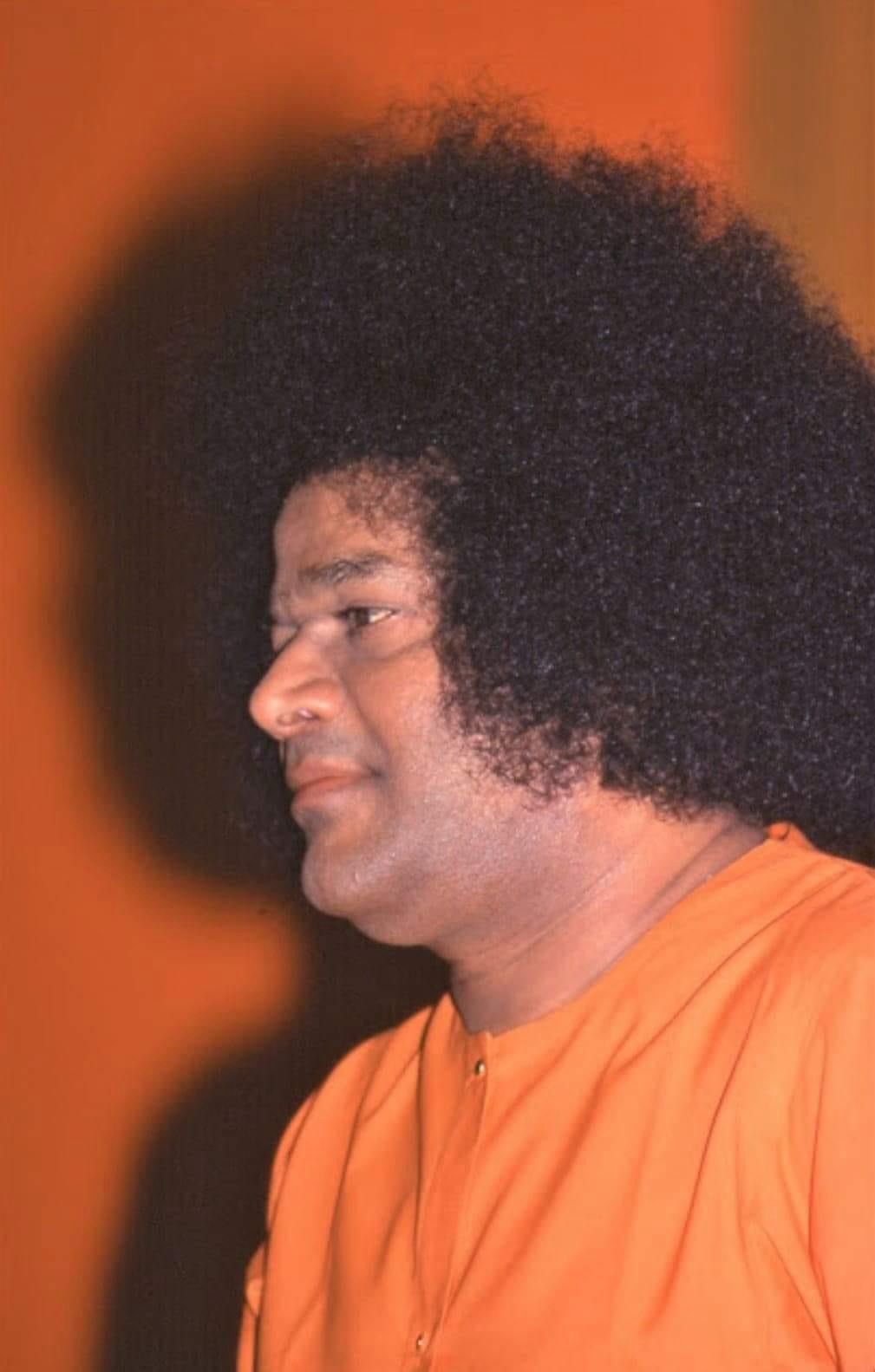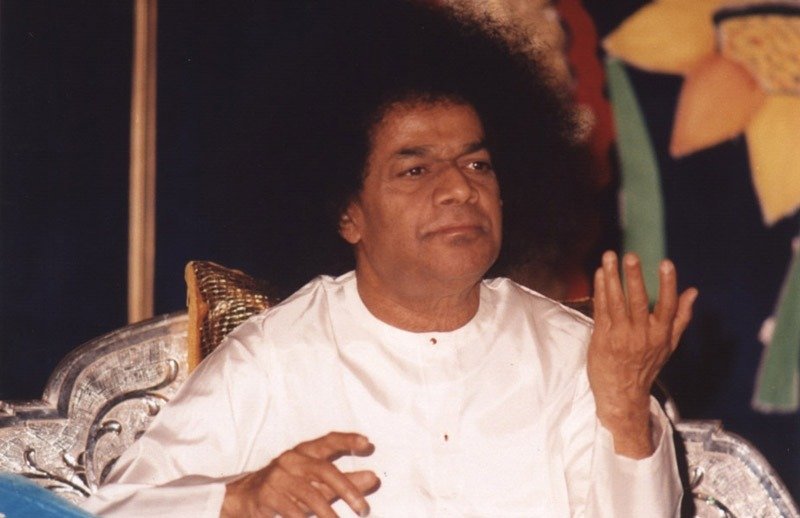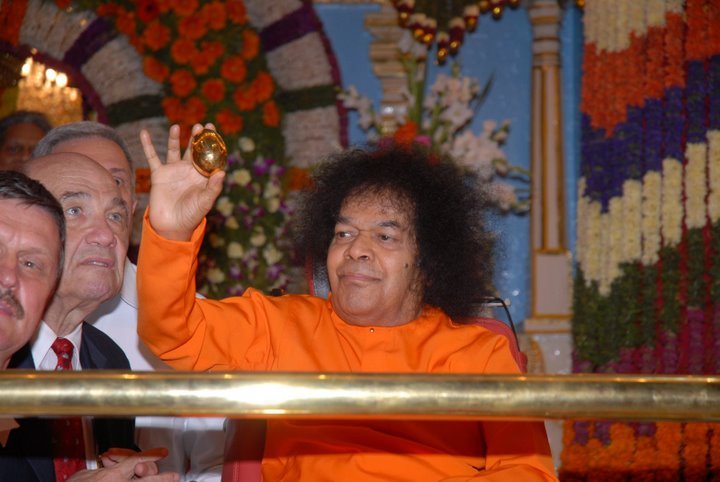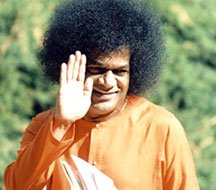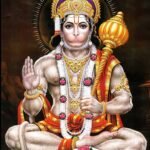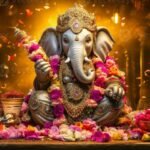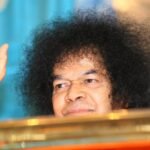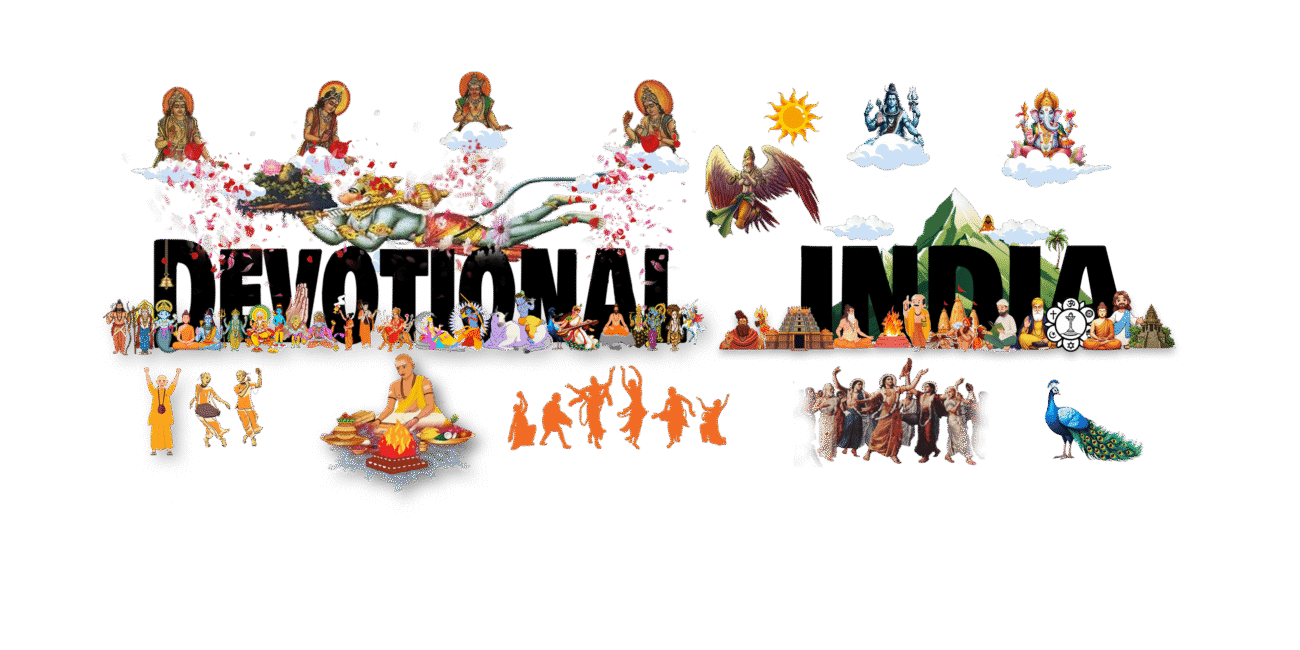Guru Goraknath

Guru Gorakhnath was the greatest and most famous saint of Naath Sampraday (sect).
After Shankaracharya there was no other Saint as magnanimous and dignified like Gorakhnath. His followers are found in each and every corner of India. Before the Bhakti-movement, the most powerful religious upheaval was Shri Gorakhnath’s Yogmarg.
According to the traditions of Naath Sampraday, Aadinath is said to be the first Acharya (principal) of Naath Sampraday and it is believed that Aadinath is Lord Shiva himself. Aadinath Bhagvan Shiva had initiated Shri Matsyendranath who is also known as Machindranath. Shri Gorakhnath was the disciple of Swami Machindranath.
Guru Gorakhnath was born in the 10th century of Vikram Samvat (the year of Vikram Era).
There are many different opinions regarding his lifetime. Some believe it to be 8th century AD, some believe it to be 9th century while some also believe it to be 11th -12th century AD. Whatever the period of life would be but one thing is sure that he was the greatest religious leader of his time.
There is no specific information about his birthplace. Different scholars have different beliefs about his birth place. It is mentioned in “Yogi Sampradayavishkriti” that he was born in Chandragiri on the banks of river Godavari. There is a granth (religious book) named “Goraksh Sahastranaam” in the Nepal library in which there is a shloka which states that there is a state named Badava in the South direction where as a Prasad of a Mahamantra,

Gorakhnath was born. Great scholars like William Croocks and Giyarsan in their creations have mentioned about a tradition where it is said that Shri Gorakhnath was born in Peshawar in Punjab in Satyug, in Gorakhpur in Treta Yug, Hurmuj near Dwarka in Dwapar Yug and Gorakhmadhi in Kathiawad in Kaliyug. It is believed in Bengal that Gorakhnath was born in Bengal.

Stories in Nepal proclaim that he walked down to Nepal from Punjab.
One more opinion is that Guru Gorakhnath had come to Gorakhpur from Tila (Zhelam-Punjab) but Yogis from Nashik believe that he first went to Punjab from Nepal and later went to Nashik. Giyarsan has presumed that Gorakhnath possibly was a native of Western Himalayas and he diverted Nepal from the influence of others and made it a Shaiv state. As far as Gorakhnath’s cast and family is concerned, according to Hajari Prasad Dwivedi he was definitely born in a Brahmin family and grew up in Brahmin atmosphere.
There are many granths (books) in the name of Gorakhnath for which it can be only said that Shri Gorakhnath’s original books with different views are being altered and expanded and are still going on till date. Out of these, few are Gorakhnath’s creation for sure but not all of them are genuine. From the yog-margiya granths inspired by Gorakhnath, it is obvious that Gorakhnath has given a proper form to Yog-marg. On the principles of Shaiv Darshan he has regularized the solutions of Kaya-yog.
Gorakhnath was a great religious leader of his time. He had a great power to confederate. When he was born, that time Indian religious practice was in a bad state. There was less of pure life, pious mannerism and observing celibacy.
He invoked a consciousness for religion in the Indian society and assaulted all wrong activities with great strength. Shri Gorakhnath was a gyan-margi saint. He was not in favour of perplexed gist of devotion. He believed that if Akhand Sachhidanand was real then what was the need of getting impatient in the name of devotion to get him? This way, he was true follower of Gyan-marg depending on pure sense. Under his guidance, crores of followers of Naath Sampraday today are moving ahead on Gyan-marg.Guru Gorakhnath was visibly a strong glorious form. He was a form of visible God.
search for Gurus and mentors ended with my deep silence and speaking nil words. God sent my brother in my 13th life as my Guru. He was later Machendranath for the world and my Guru in my last birth which was only 5000 years ago. He was my affectionate and helping brother from the very start in my first birth in Vajreshwari. We spent many lives as Guru Shishya.

He, Machendranath was born for the first time during the 12th Earth 9,98,629 years ago. (nine lakh, ninety-eight thousand, six hundred and twenty-nine) He was looking for partnership in sadhana to finish his resolve of reviving his Soul and have God realization at the earliest. He never wished to become a Guru, but it was Ishwar Ichcha. We never wanted to have tamas so he took to body building very early and always had a very fit body, while I remained very quiet to ward off all the tamasic thoughts of the people. Together we both were a mighty force and finished our journey in the shortest time as Guru Shishya.”
Gorakhnath, through his wisdom, compassion and spiritual might managed to bring home the message of inner divinity not just amongst sections of Yogi monks but also into the minds and hearts of the laypeople. He was a powerful organizer and established monasteries and study centers across Indian sub-continent.
His reform work spanned across the length and breadth of India, Nepal stretching upto the boundaries of regions that now fall in the vicinity of Afghanistan. His is a living tradition because his teachings have been translated and disseminated through widely available literature, stories, poems, prose, songs and a thriving saint tradition that has kept his message extant in the hearts and minds of Indian people. Sadly enough, vast amount of literary works ascribed to Gorakhnath and his life that are available in Sanskrit, Prakrit and other local Indian languages have hardly been translated in English and that’s why the awareness of Gorakhnath and his work in the West, especially in the main stream modern Yoga culture is minimal.

Gorakhnath through his writings exclaimed his philosophical premise in a well-defined manner. Some of the books that he is said to have authored are, Siddha Siddhanta Paddhati, Mahartha Manjari, Yoga Bija, Yoga Martanda, Goraksha Paddhati and Goraksha Samhita. Gorakhnath may not have actually written these books himself but the books may have been ascribed to him by later authors. Whoever the author may be, it is evident that the philosophical thread is common amongst all these scriptures and in line with the core teachings of the Nathas, especially Gorakhnath himself. Even a brief glance through scriptures like Mahartha Manjari and Amaraughashasana indicates Gorakhanth’s astute scholarship based on personal experience of Self Realization.
Saint Dnyaneshwar, a great Yogi himself describes Gorakhnath with two adjectives, “Yogabjinisarovar” and “Vishayvidhvansekveera”. A close look at these two adjectives can gives us more detail on Gorkahnath’s spiritual work. [Source: Dnyaneshwari chapter 18]
By the 10-11th Century the influence of occult leftist Tantra on Indian spiritual systems reached its helm. Even though this influence was percolating into the fabric of Indian spiritual thought since the 6th Century, by the 11th century it reached its peak. The spiritual fabric was being dominated by diverse sects like Tantric Baudha, Shakta, Kapalika, especially the ones that advocated the Pancha-Makara method of using and indulging in wine, fish, meat and sexual intercourse as a method of spiritual liberation.
Yogic principles based on realizing the True-Self by cleansing the mind, sense control, detachment and devotion were replaced by perverse techniques that advocated overt body cultivation, alchemy, black magic, sacrificial killings and sexually hedonistic practices that were far away from the basic Yogic premise of transcending the senses and moving towards the inner Truth.
The purity of Vedic injunction was also under attack. One can say that the Indian society at that time was torn between the dogmatic caste system dominated by Brahmins who kept spirituality only for the chosen few and the free for all hedonistic, leftist Tantric cults that advocated sensual extremism and outwardly indulgent practices. Apart from this the influence of Islam due to constant attacks from the West by the Moughals since 9th century had started throwing the social fabric off balance. Bloody wars, forceful conversion, attacks on pilgrimage places, fundamentalism and looting had become a regular occurring.
Against such a background Gorakhnath took it on himself to purify and bring together best of both, Yogic and Tantric systems by weeding out the influence of externally oriented, object-based practices and re-establishing an inwardly directed, experience based spiritual path. This is why, Gorakhnath as a revolutionary mystic is known as “Vishayavidhvansekveera” which means the courageous one who destroyed objectification and “Yogabjiisarovar” means the original source stream of Yoga. Thus, Gorakhnath and his lineage’s contribution to the Indian and global spiritual thought is no less than revolutionary.
Source: sagarworld, yogaprasad

